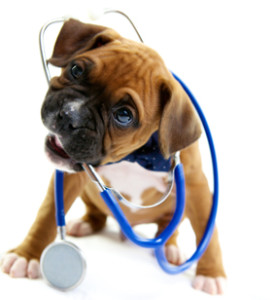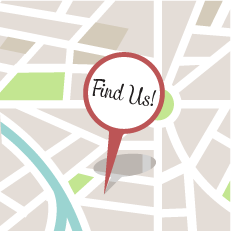9 Steps to a Healthy Pet Dental | Tools and Equipment
1. Patient History Form
We want to know all about the patient. Our patient history form allows clients to tell us about previous surgeries or injuries, history of seizures, heart conditions and any other medical issues involving the pet. This step begins the comfortable and personalised experience for the patient.
2. Complete Oral Exam
We complete a thorough examination of each tooth and all other areas of the mouth to ensure there are no abnormalities that would be better addressed through a general anaesthetic dental. Our dental nurses will check for obvious signs of tooth mobility, severe gingivitis, or stomatitis, and any growths. We also check for symmetry to help rule out signs of an abscess and any other dental pathology.
If abnormalities are found, the attending veterinarian will be notified and it will then be decided whether the pet needs a general anaesthetic dental. At Healthy Pet Dentals, we are advocates for general anaesthetic dentals and once our services are implemented into a veterinary practice, we find the number of general anaesthetic dentals increases.
3. Chlorhexidine Oral Rinse
After completing the oral exam, we begin our cleaning steps. The first step begins with rinsing the patient’s teeth and gums with a soothing, refreshing and palatable chlorhexidine solution. This will aid in reducing airborne bacteria during the scaling process and helps provide temporary relief of minor gum irritation.
4. Scaling
We begin this step by removing tartar and plaque from all of the tooth surfaces. We take extra care to remove tartar and plaque from lingual, mesial, buccal, distal and palatal surfaces. We always follow our scalers with a tissue, or gauze, to catch debris as it’s removed from the teeth. We work our way back from the incisors to the mandibular and maxillary molars, making sure to clean both lingual and palatal surfaces of every tooth.
5. Probing for abnormal pocket depths
During this step, our veterinary nurses will perform a six point probe of each tooth. This helps to measure pocket depth along the gum line and is a great way to diagnose dental disease. All abnormal pocket depths are noted on the patient’s chart so we can better track their dental health. We then flush abnormal pockets with a chlorhexidine gluconate rinse to remove any remaining bacteria, debris or food, and promote healing.
6. Polishing
Our veterinary nurses use a quiet motorized polishing unit to help smooth out the enamel from any imperfections caused during the scaling process. We use an oscillating polishing tip to guarantee the patient’s muzzle hair won’t tangle during this step. The course grit, mint flavoured prophy paste we use is specifically designed for our polishing tips to ensure teeth obtain maximum smoothness.
7. Irrigation
As we near the end of our anaesthesia-free teeth cleaning, we like to rinse the teeth and gums with an oral chlorhexidine solution. This rinse helps to eliminate any residual plaque or bacteria that may be left behind after the scaling process, and promotes the resolution of inflammation and gingivitis.
8. Charting
During this step, we complete our charting and note all abnormalities found during the exam and dental cleaning. This detailed record will help track progression, or regression, of a pet’s oral health.
**Please note that not all underlying dental pathologies can be seen on an oral exam, whether the pet is anaesthetised or not. It is very important to continue to promote routine general anaesthetic dentals and radiographs. Studies show that dental x-rays revealed that 27.8% of dogs and 41.7% of cats were found to have underlying dental issues where no abnormal findings were found on oral exam prior to general anaesthetic dentals.
9. Client Care
Upon completion of steps 1-8, we like to take this time to review our findings with the pet owner. This important step allows us to educate the client on the importance of home dental care to maintain healthy mouths in between vet visits.


